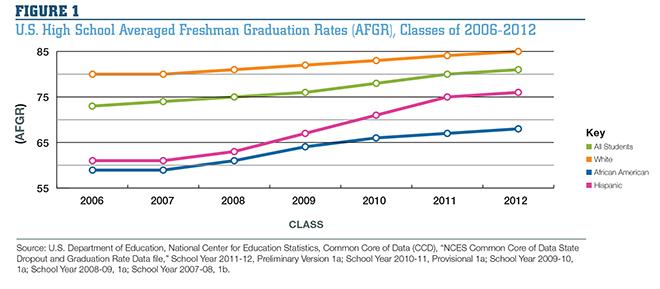But don’t put on your party hats just yet. There’s still work to do.
Students who are chronically absent (i.e. missing more than 10 percent of the school year, or 18 days) are more likely to drop out of high school. And those absences start accumulating as early as prekindergarten. In DC Public Schools, nearly 1 in 5 prekindergarten and kindergarten students have missed more than 10 days of school. For low-income students, many who’ve heard 30 million fewer words than their affluent peers, missing school puts them at even greater academic risk; missing school means missing learning, and those attendance gaps quickly turn into knowledge gaps. Without a strong academic foundation in reading and math in elementary school, students will struggle to stay engaged and be successful in middle and high school.
As a school counselor, I analyze attendance data and meet with parents to discuss their children’s absences. Our administration and administrative teams collaborate to reach out to parents through letters, phone calls, and when necessary, a daily 6 a.m. wakeup call for families. Once students have five unexcused absences, our school holds attendance conferences, during which many parents of our youngest children mention illness and lack of safe, reliable transportation as reasons their kids miss school. After 10 unexcused absences, we are required by law to report parents to the DC Child and Family Services Agency. I can reiterate the DC law when I meet with parents, but that doesn’t get to the heart of the problem. Organizations like Attendance Works — which promotes a more systemic approach that is focused on improved data systems, parent outreach, and education — and targeted community support will make the difference. Access to longitudinal data systems and relationships with partners who can provide health and transportation support will help counselors and school leaders plan interventions and coordinate services for absent students. Empowering parents with knowledge about the detrimental effects of even just a few absences can help put students on track for high school graduation.
Some districts like New York City and Oakland are already putting these recommendations in action and are closing gaps by building cultures of attendance. DC Action for Children, a data and policy group focused on child issues, is starting a new initiative to promote using these same approaches in the District. They’ve begun by creating attendance snapshots for DC public and charter schools that map absences by neighborhood cluster and show the correlation between truancy and reading proficiency on the DC Comprehensive Assessment System (DC CAS). DC Action for Children also highlights two schools that are using attendance data and family engagement to improve attendance.
All of these efforts are important for getting, and keeping, students in school — all the way through graduation. In order for today’s prekindergarten students to graduate by 2027, they have to come to school regularly. America can’t become a GradNation if it’s still an AbsentNation.
Connie Ward is a school counselor in DC. Reach her via email or Twitter.


 RSS Feed
RSS Feed